Why Women Need to Lift Weights
Traditionally speaking, when it comes to exercise, men have dominated the lifting weights world. This occurred mainly due to men being allowed to participate in sporting activities while women were not allowed to because it was not considered “lady like” and it was illegal. However, times have changed, as women are no longer looked at as being inferior to men; and it is safe, appropriate and very normal for them to exercise, particularly lift weights.
Here are a few reasons why women say they do not need to lift weights and my answer to their concern.
It Will Make Me Look Bulky
While this is a very legit concern, it is typically not true. In order for a woman (or man) to look “bulky”, they will have to do what is called a lot of “volume” in their workouts. Volume is the number of weight, repetitions, sets and exercises done in order to achieve mass or bulk.
If a woman follows the recommended numbers of days of weight lifting/week by ACSM (2-3 days/week, lifting weights for all the major muscles using 1-2 sets of 8-12 reps), they will not get bulky.
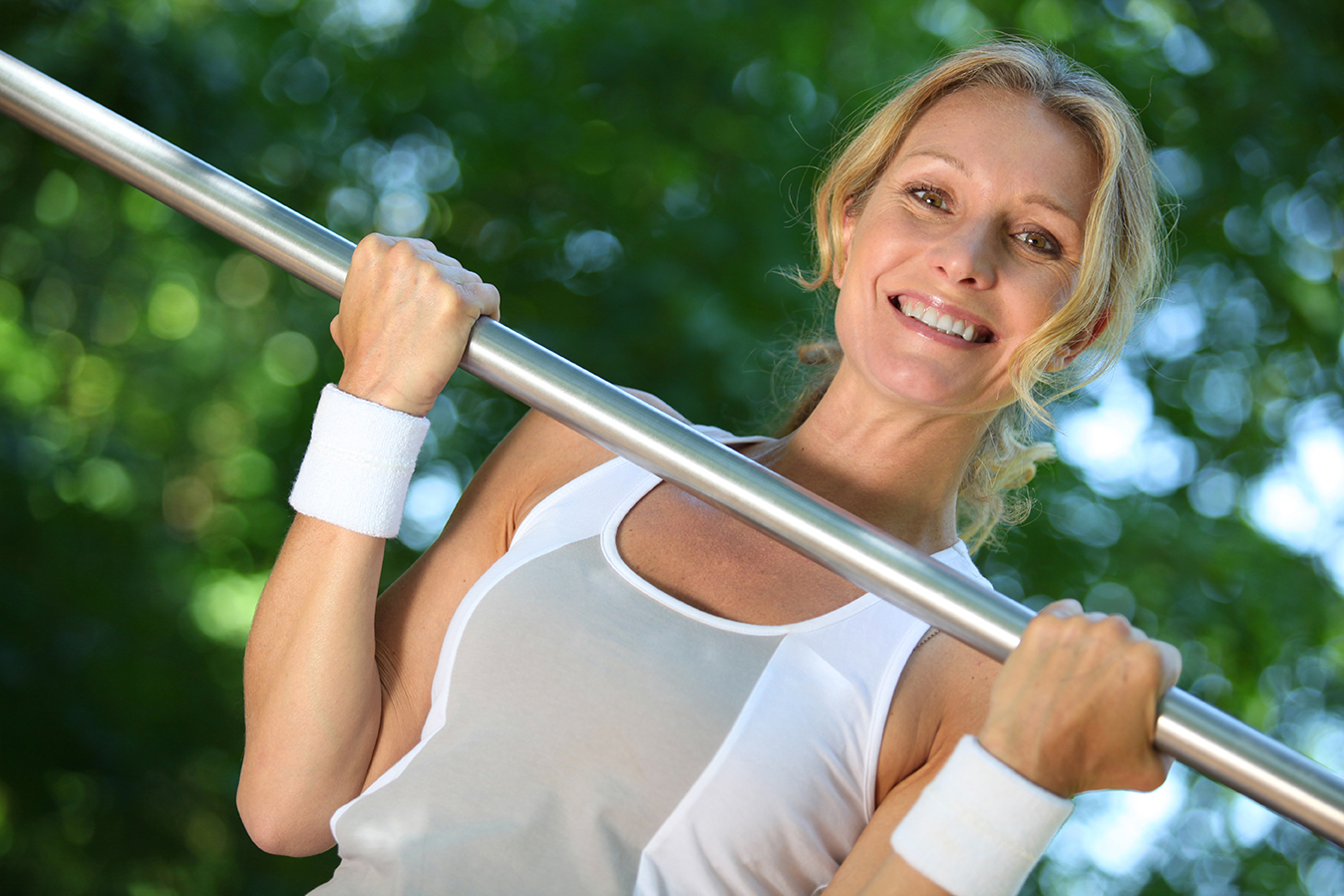
Lifting Weights Does Not Help Me Burn Calories
Weight lifting has a high metabolic (ability to burn calories) rate. As a result, the more lean muscle a woman has, the less likely she is to gain weight and the easier it is to keep the weight off. Muscles are like the gas in our cars. The gas is used by the engine and keep the car moving. Having muscle, by lifting weights, allows your body to keep moving and consistently fight off fat gains.
There is No Benefit For Me to Lift Weights
There are tons of benefits of women lifting weights! They include weight loss, improved mood and well-being, better posture and prevention of osteoporosis. These four are all major concerns for most women and lifting weights helps with all of them!
I Only Need to do Cardio to Be Healthy
While doing cardio activities (i.e. running, swimming, elliptical, spin class, etc.) is beneficial for the heart, it does not put the necessary stress on the bone and muscular system that our bodies crave. We were designed in a way that our muscles were meant to be moved beyond just walking and typing on a computer! While cardio is a great way to burn calories, oftentimes, it will burn away muscle because it is a catabolic activity. Lifting weights help to balance that out.
Do I Really Need to Start Lifting Weights?
Yes, YOU do! I recommend that a woman looking to start lifting weights seek out professional help. A certified personal trainer is well qualified to provide safe and proper advice for her.
Also, I recommend home DVD workout programs such Power 90, Slim in 6 and Chalene Extreme that have all proven to help women strength train properly.
Weight training is important for everyone to do. It helps with posture, weight loss, prevention of osteoporosis and other metabolic diseases. It does not require a lot to do it, so why not incorporate two days/week for 30 minutes or less to lifting weights!
Maurice D. Williams is the owner of Move Well Fitness in Bethesda, MD, and Assistant Professor of Health & Human Performance at Freed-Hardeman University. He is a NASM Master Instructor and Master Trainer, and is also certified with NASM as a Corrective Exercise Specialist, Performance Enhancement Specialist, Senior Fitness Specialist & Weight Loss Specialist, and as a Certified Strength and Conditioning Specialist by NSCA.


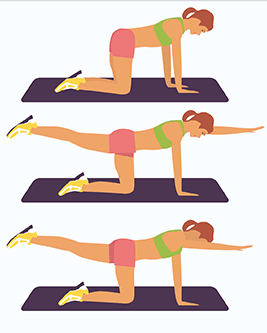
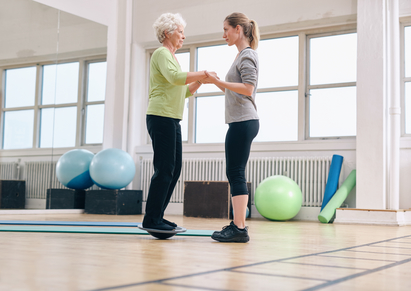




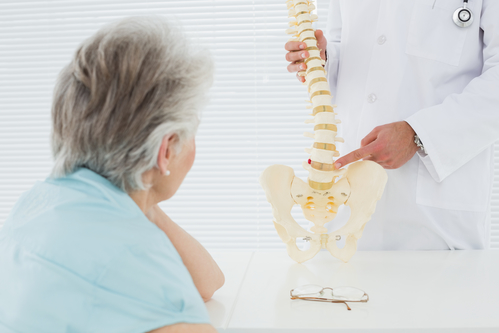
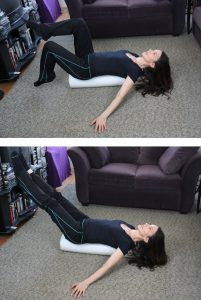
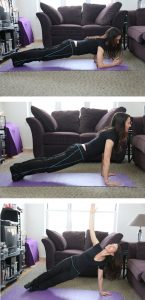

 The need for trained maternal fitness professionals has greatly increased as a result of the number of fit women who desire to continue with their exercise routine once they become pregnant. The past several decades has provided a large body of evidence that supports the benefit and safety of prenatal exercise in uncomplicated pregnancies, and ACOG and other fitness and medical health organizations recognize the importance of fitness in a healthy pregnancy. Studies have shown that women who continue or even start an exercise program during pregnancy gain less fat weight, have fewer complications during labor and delivery, and return to their pre-pregnancy weight faster than women who didn’t exercise while pregnant.
The need for trained maternal fitness professionals has greatly increased as a result of the number of fit women who desire to continue with their exercise routine once they become pregnant. The past several decades has provided a large body of evidence that supports the benefit and safety of prenatal exercise in uncomplicated pregnancies, and ACOG and other fitness and medical health organizations recognize the importance of fitness in a healthy pregnancy. Studies have shown that women who continue or even start an exercise program during pregnancy gain less fat weight, have fewer complications during labor and delivery, and return to their pre-pregnancy weight faster than women who didn’t exercise while pregnant.